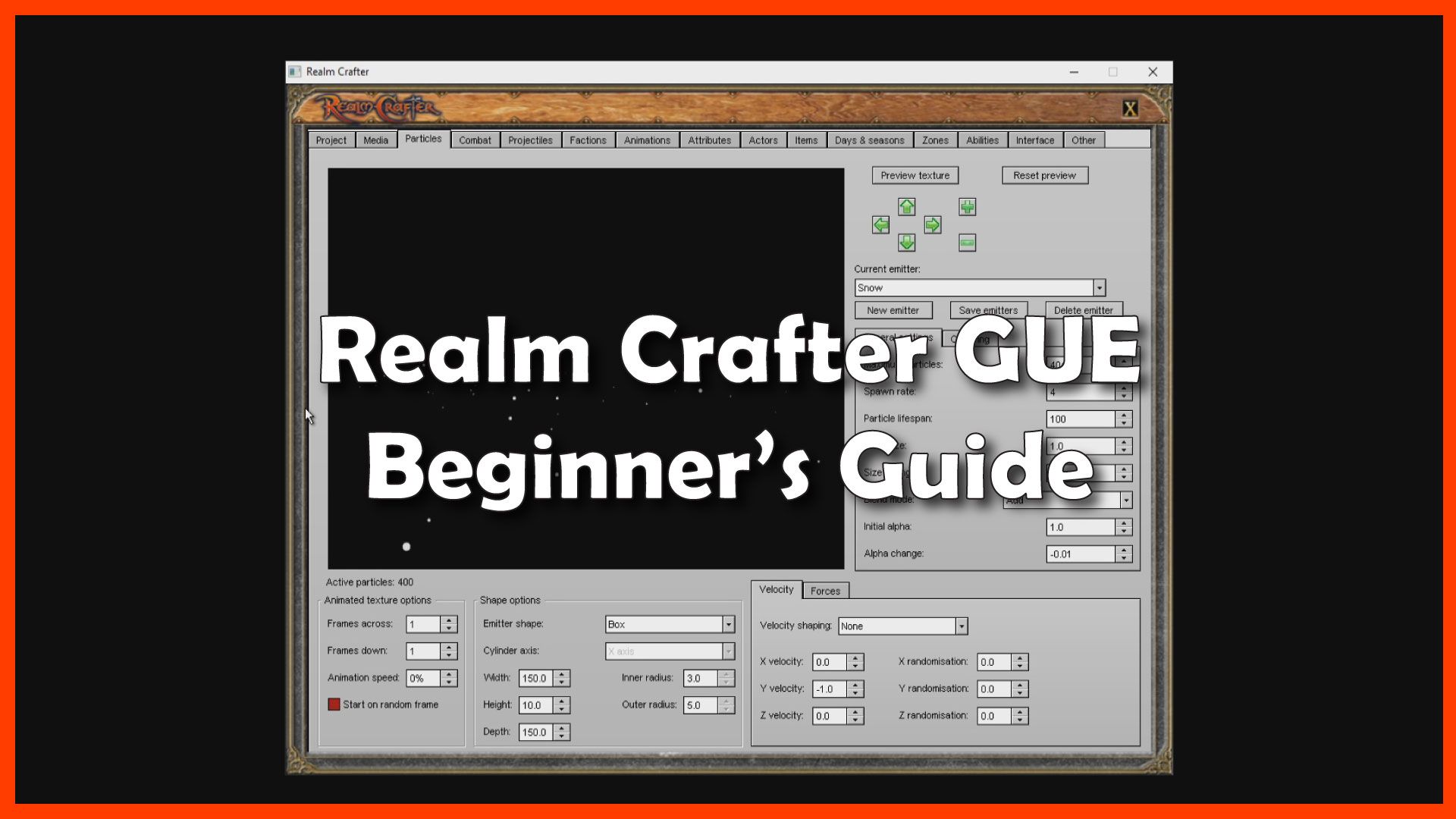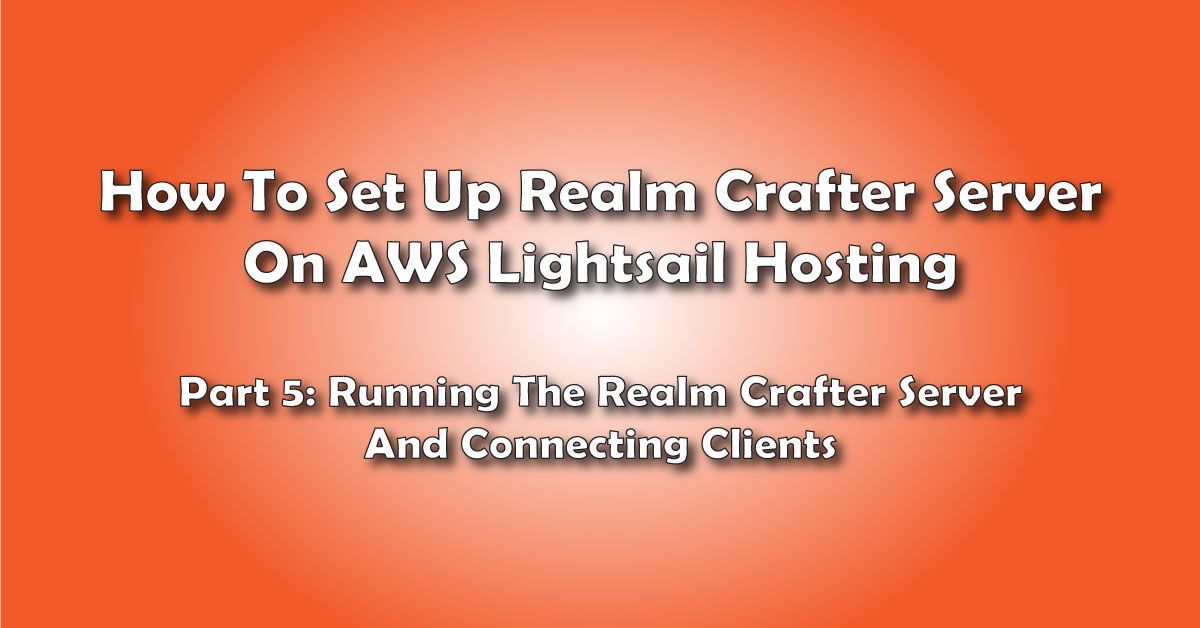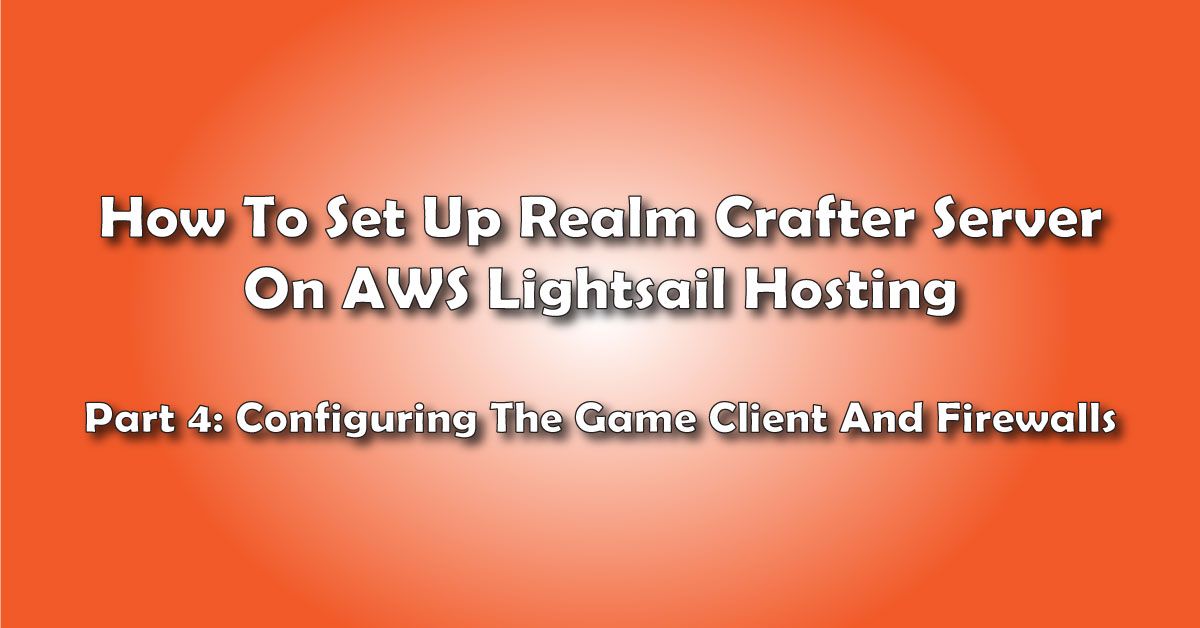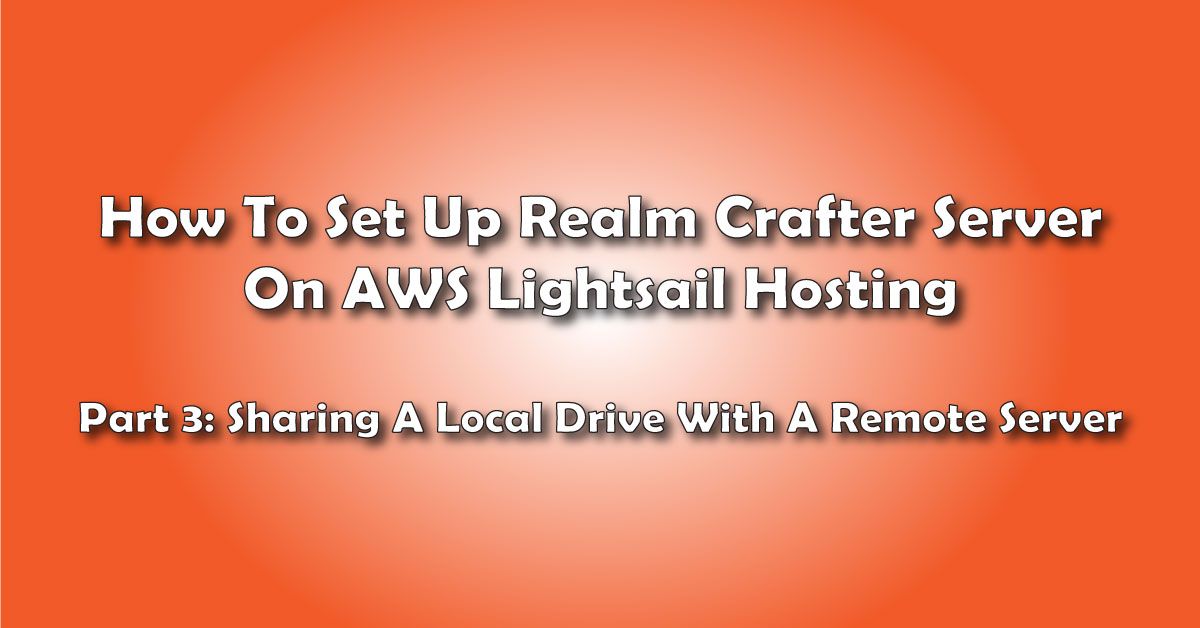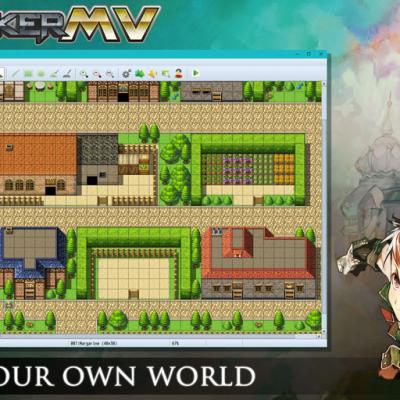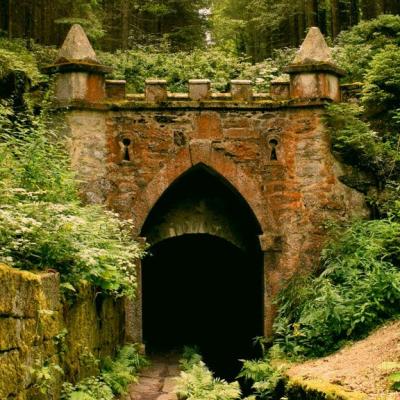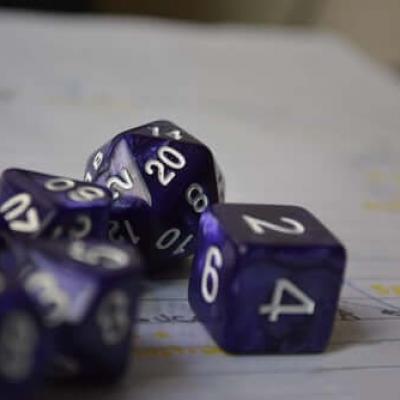You want to get started making your own RPG with Realm Crafter 1.26. All the features you need to get started are contained in the General Unified Editor, the GUE. It’s a big confusing mess, but don’t worry; I’m here to help you sort it out in this Realm Crafter GUE tutorial.
Realm Crafter GUE Beginners Guide
You have downloaded and installed Realm Crafter and set up your development environment.
Now you want to get started making your own RPG.
All the features you need to get started are contained in the General Unified Editor, the GUE.
There are many Tabs each containing many controls.
It’s a big confusing mess, but don’t worry; I’m here to help you sort it out in this Realm Crafter GUE tutorial.
Hello and welcome!
I’m Frank from makeyourownrpg.com, and in this video, I will show you an overview of all the Tabs in the Realm Crafter GUE and describe their basic functions.
By the end of this video, we’ll be familiar with most of the Realm Crafter controls and game engine concepts.
If you like this video give it a thumbs-up.
If you find this video is useful, subscribe and hit the alert bell, this will help other hobbyists find this video and will send you notifications next time we post on this topic.
Of course, if you have any questions please feel free to post them in the comments section and I’ll do my best to answer them.
For more details on how to use Realm Crafter, check out my book, The Realm Crafter User’s Guide; there’s a link in the video description.
Now, let’s get started with a quick Realm Crafter GUE tutorial.
First, let’s open the GUE.
Project Tab
The default tab is going to be the Project Tab.
This is where you build game clients and the servers to host your games.
Media Tab
The next tab is the Media Tab.
This is where you import all the media you want to be packaged with the game.
You can bring in 3D Meshes, 2D textures, sounds, music, and more.
Particles Tab
The next tab is the Particles Tab.
You can use this to simulate environmental effects, like rain and snow.
You can also use it to make waterfalls, fountains, “level up” effects, and even spells or weapons.
Combat Tab
The next tab is the Combat Tab.
This tab allows you to set up different damage types, as well as set up your game’s combat options.
The default set of damage types is suitable for most games, but you may want to add or subtract from the list.
There’s room for up to 20 types of damage.
Projectiles Tab
The next tab is the Projectiles Tab.
Use this tab to define magic spell effects or weapons that be used at range.
Some examples would be fireball, arrows, or bullets.
Factions Tab
The next tab is the Factions Tab.
Use this to track player reputation with various groups on your game.
You can make factions hostile, neutral, or friendly to members of other factions.
Animations Tab
The next tab is the Animations Tab.
This is where you define different animation sets for animated meshes you imported in the media tab.
You give each animated motion a name and a series of frames that contains the animated bone movement.
Attributes Tab
The next tab is the Attributes Tab.
This is where you set various characteristics and skills you want to track for every actor in the game.
The game will link into certain attribute names for behind-the-scenes calculations, so there is a way to match those to your custom attributes as well.
You can also set how many extra attribute points new players get to distribute during character creation.
Actors Tab
Next is the Actors Tab.
This tab is where you define all the players, animals, monsters, NPCs, and interactive objects in your game.
There are controls for race and class, which 3d models to use, what scripts to run, what their custom attributes are, whether you can fight or trade with them, etc.
Items Tab
The next tab is the Items Tab.
This is where every weapon, piece of armor, food item, or any other thing that can be carried as inventory is created.
Armor, weapons, items, potions, food, maps, all these things are items that you can define on this tab.
Days & Seasons Tab
The next tab is the Days and Seasons tab
Use this tab to set up a custom calendar.
You can change the number of days or months in a year, what they are called, and more.
You can also set up multiple moons and suns if you want.
You can set up different seasons as well and define when they start and end and what time the sun sets and rises during those seasons.
Zones Tab
The next tab is the Zones Tab.
This is where you set up all the environments and discrete map areas.
Zones are usually outdoor areas but can also include individual buildings or dungeons.
This tab has controls for creating new zones, placing buildings, monsters, vendors, and NPCs, setting patrol routes for monsters and NPCs, laying out areas of water, creating environmental effects like sound effects or particles, and creating areas where players can trigger scripts simply by moving into the area.
You can also import landscapes from third-party software or use the terrain editor that comes with Realm crafter.
Abilities Tab
The next tab is the Abilities Tab.
Use this to create all the things a player can add to their quick-slot bar.
This is useful for triggering certain special combat moves, magic spells, or crafting abilities.
Interface Tab
The next tab is the Interface Tab.
This is where you can adjust the placement and size of various interface elements, like your hit points, your chat, window, your compass, etc.
Other Tab
The last tab is the Oher Tab.
This tab contains miscellaneous controls for setting up the multiplayer server address, changing game options, changing gubbin names, and defining the money system.
RESOURCES
Realm Crafter 1.26 Download Free
Conclusion
WHEW!
That’s a lot to take in, but don’t worry, we will tackle each of these tabs in future videos.
If you feel a little overwhelmed, stay tuned for more videos and check out my book, The Realm Crafter User’s Guide for more detailed info.
Don’t forget to check the video description for useful links, and go to MakeYourOwnRPG.com for more game design tips and tricks.
I’m Frank from MakeYourOwnRPG.com and if you enjoyed this video don’t forget to like and subscribe.
If you have any questions leave them in the comments, and I’ll do my best to answer.
Until next time… happy gaming!
Your Turn. What Do You Do?
Do you have any tips or tricks for using the Realm Crafter 1.26 GUE? Do you have questions about a specific Tab?
Tell me about it in the Comments Section. I'm interested in what you have to say about the GUE and its functions.
E-mail Notification Opt-in
Do you want to receive email notifications when we add new game design content?
Sign up on our private mailing list.
YES! Notify me of new game design posts!

